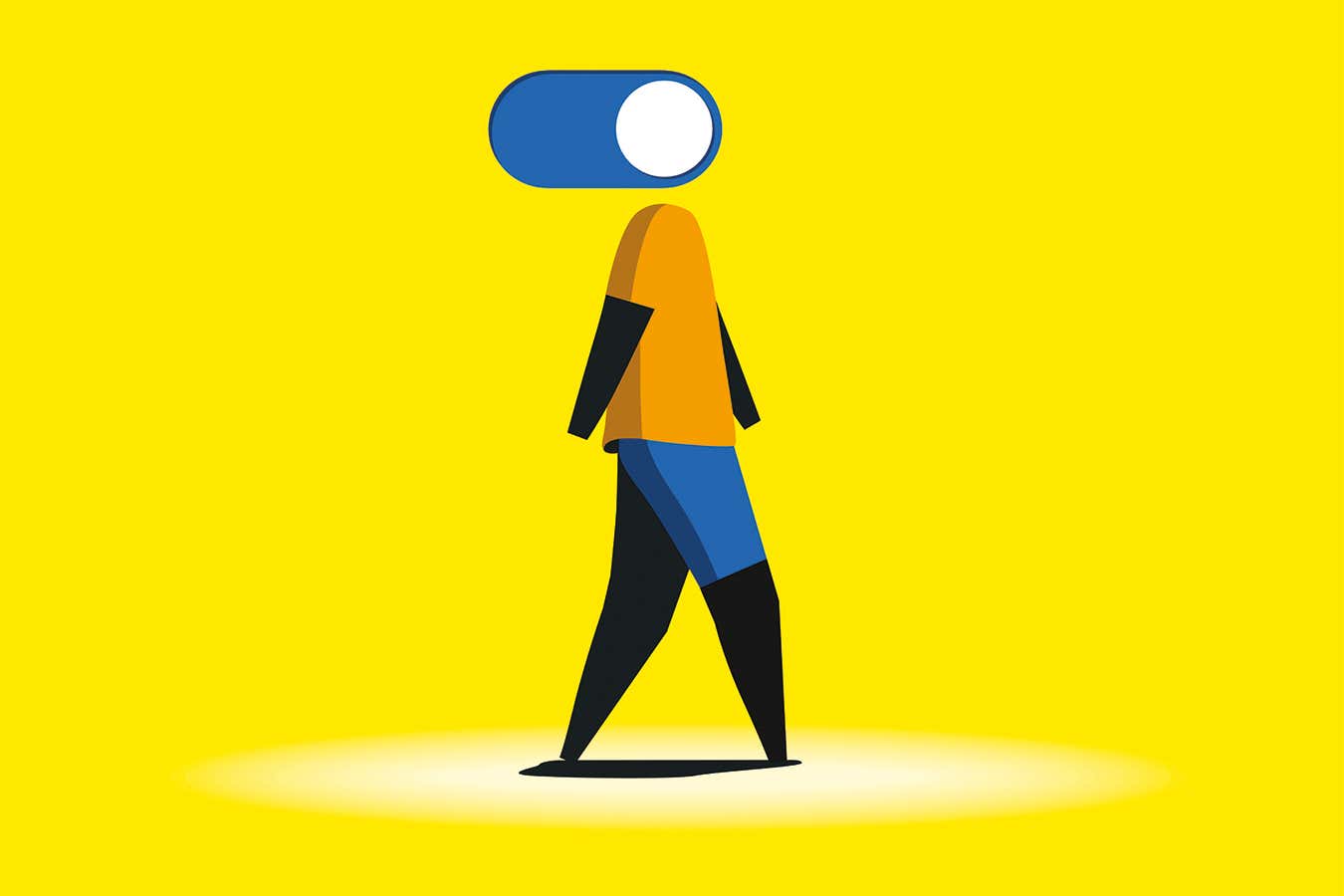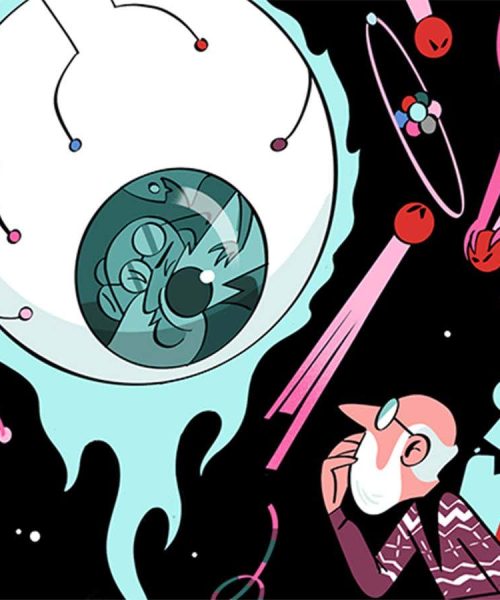
Vincenzo Lodigiani
Place a finger on the back of your skull, at a point roughly level with the tops of your ears. Here, deep beneath the hair, skin and bone, near a fluid-filled cavity in the root of your brain, lies a small bundle of pigmented cells the colour of lapis lazuli. This is the locus coeruleus – Latin for “blue dot”. It measures just a few millimetres, but its diminutive size belies its power over your thoughts.
Research has revealed that the structure is instrumental in coordinating our mental processing. Sometimes labelled the brain’s “master switch”, it is perhaps better imagined as a gearbox. “It can set the pace of your brain to suit the specific kind of mental work you are doing,” says neuroscience researcher turned writer Mithu Storoni. When it is in the right gear, we feel pleasantly engaged in the task at hand. Often, however, it can get stuck in the wrong one, leading either to dreamy procrastination or frenzied frustration.
Until recently, we knew very little about the ways to control these transitions, but that is changing. It turns out that the brain’s little blue dot may be trainable – with immediate consequences for cognition and mental well-being. This means that, with the right techniques, you can change gears, influencing your mental state, from how well you focus and the levels of stress you feel, to your ability to make creative leaps and think on your feet.
A fair appreciation of the locus coeruleus has taken nearly two and a half centuries to emerge. The structure,…





